“My body is one with the bike,” says the kid. The kid is played by one to two to three or more performers in Caridad Svich’s Red Bike. Svich calls this play an open text, which means that when it comes to cast size, performers, character breakdown, and more, it is up to the artists interacting with the text to choose.
Svich’s line on the page stands alone, glowing from my computer screen. There are double spaces above and below it, sans punctuation. As with the body and bike, the invitation of this script is, as I see it, a chance for performance and text to unite... But how? How do theatremakers, specifically directors, consider scripts that invite us, in various degrees, to take part in assemblage and interpretation? How do we as makers and audiences embark on a journey into this kind of work? From texts with preambles asking for moments of dissonance, to texts inviting the restructuring of the presented order of events, to texts that ask the director to choose the number of performers because there are no set characters, to texts that offer no explicit stage direction—all of these require unique attentiveness from the makers who are engaging with them.
The concept of an open text is an ephemeral and shifty one. This past February, I was set to direct Red Bike in Rhode Island as part of the National New Play Network’s Rolling World Premiere, and, after talks with Svich, I wanted to understand and work with the concept more clearly. Through research, I found the term’s origin in semiotics via Umberto Eco and Roland Barthes (in reference to Barthes’s essay “The Death of the Author”). Barthes believed in the idea of a scriptor rather than an author, implying open texts are texts that allow multiple or mediated interpretations by readers. In the case of open texts for performance, they are ones that allow mediated interpretation by a director, a creative team, and an audience.


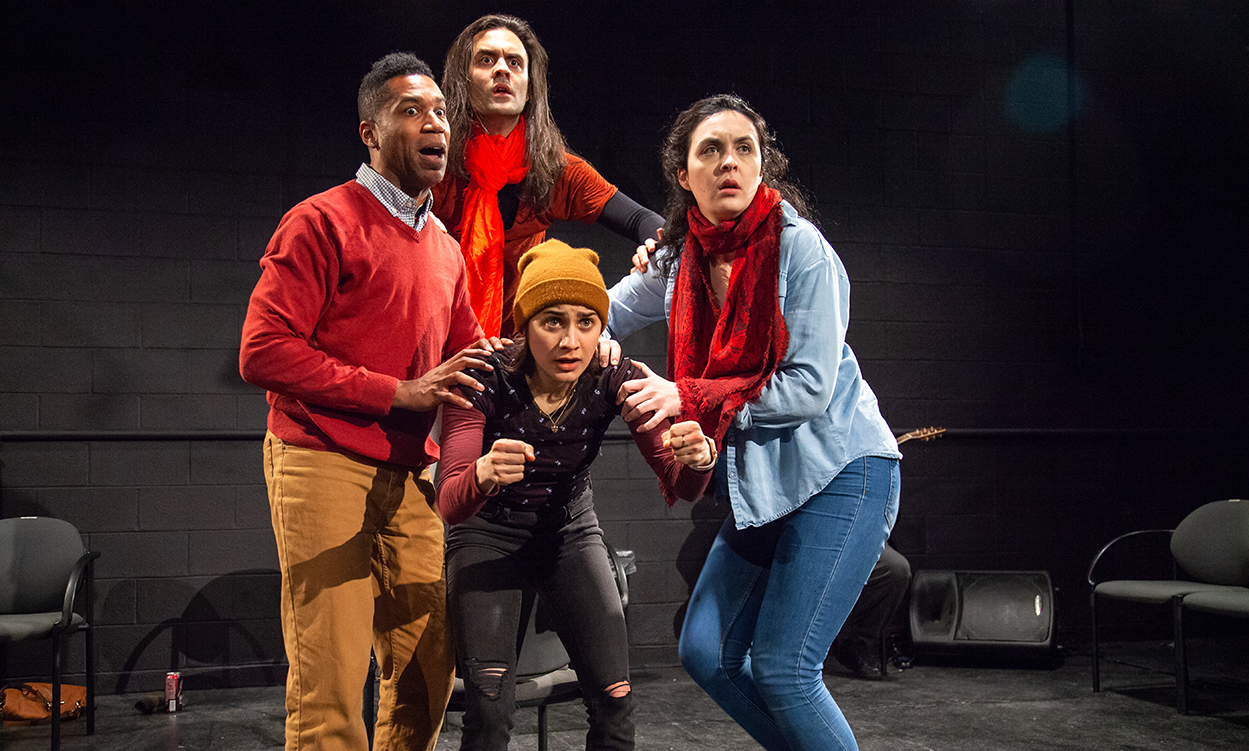
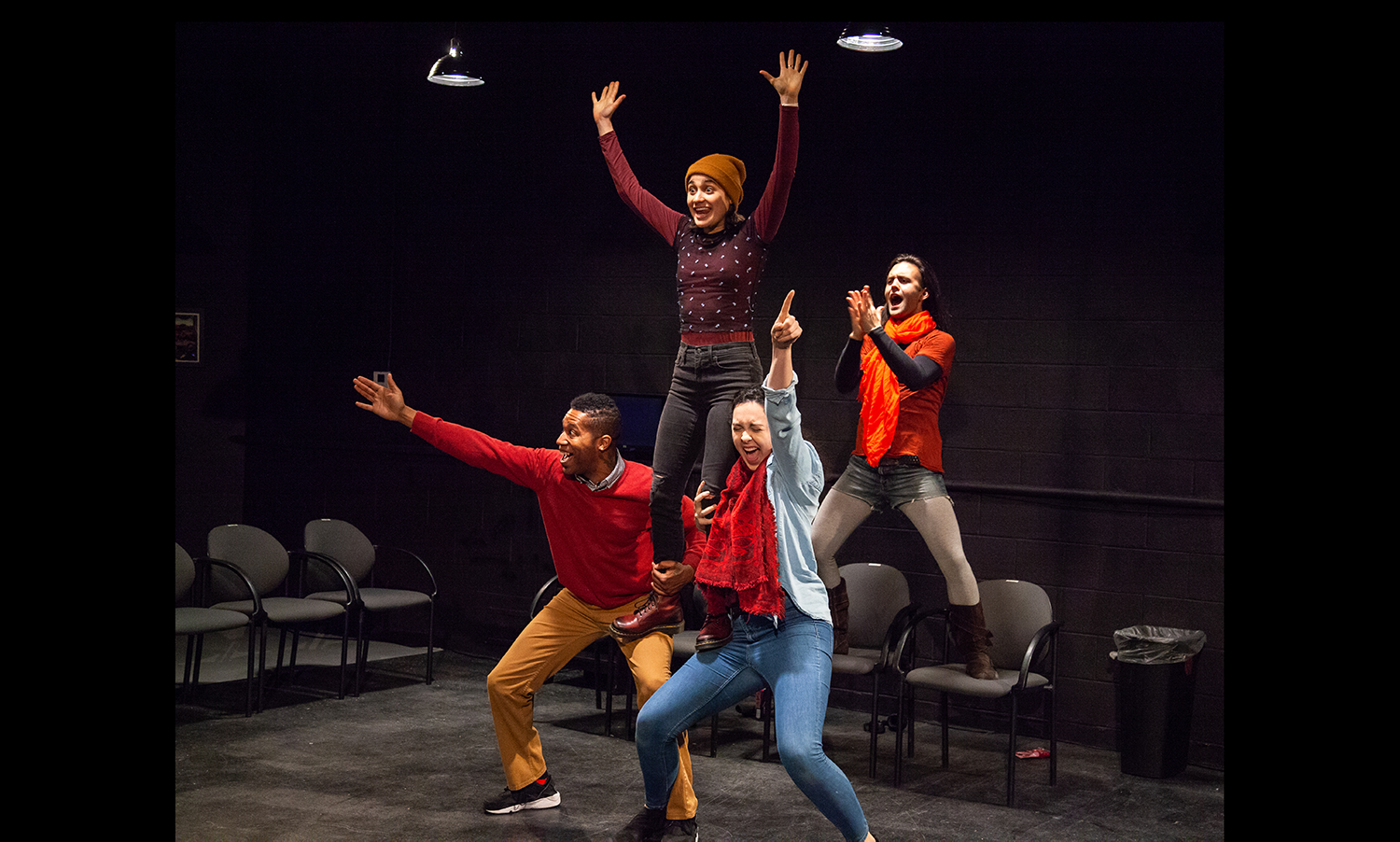
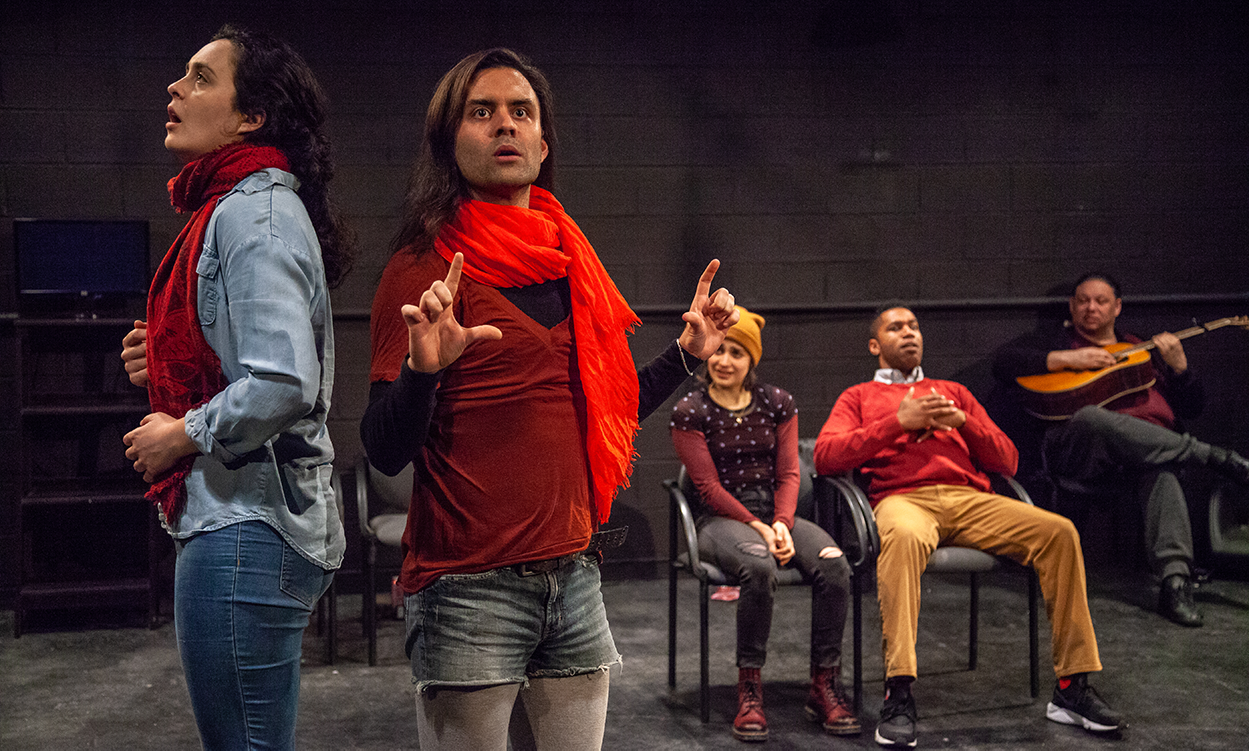
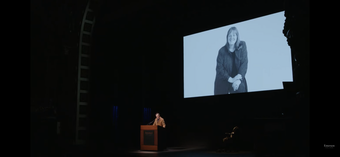

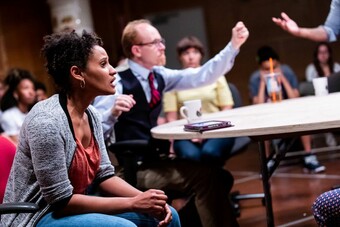




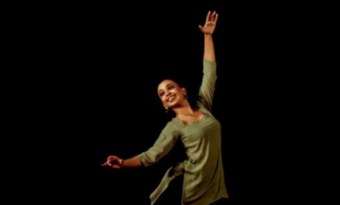

Comments
The article is just the start of the conversation—we want to know what you think about this subject, too! HowlRound is a space for knowledge-sharing, and we welcome spirited, thoughtful, and on-topic dialogue. Find our full comments policy here